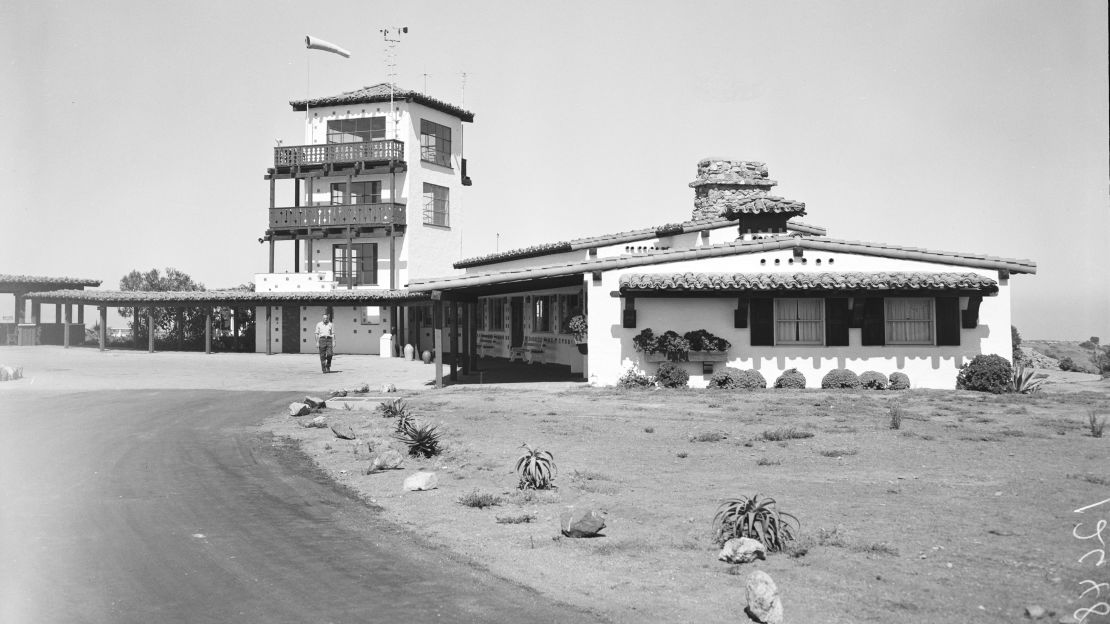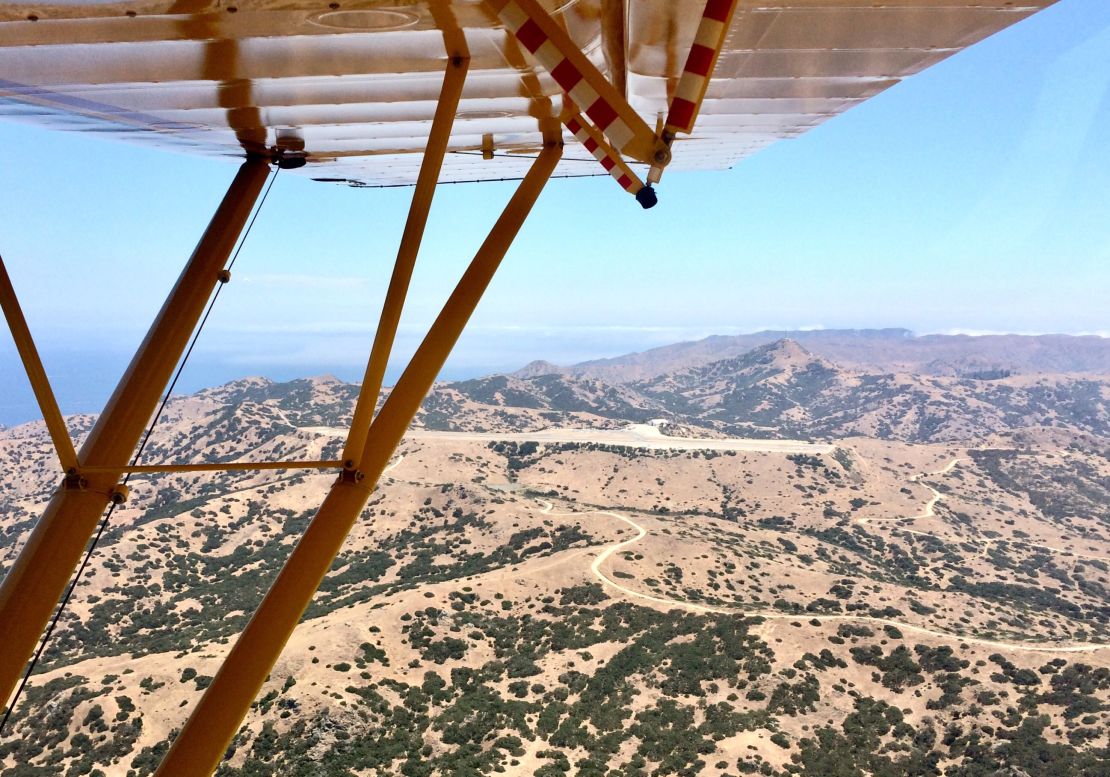When pilots land safely on a California resort island next year, they can credit a US Marine Corps “invasion.”
A force of more than 100 US Marines is due on Catalina Island, 20 miles off the US mainland, in early 2019 to rebuild the main runway at the Airport in the Sky, a 3,000-foot-long asphalt strip built almost eight decades ago.
A private contractor will begin tearing up the runway in December, according to the Catalina Island Conservancy (CIC), the land trust that runs the airport and oversees most of the 21-square-mile island, which CNN Travel has named one of the best islands in America.

In January, the Marines will land on Catalina by boat and helicopter from mainland bases. They’ll camp at the airport as they would in a field situation, and they’ll have 500 tons of equipment to use, the conservancy said.
The result will be a more durable concrete runway for the island destination.
“With this runway repair project, I would project more than 75 years of runway operations in our future,” says Tony Budrovich, president and CEO of the CIC.
The runway, sitting at an elevation of 1,600 feet, was carved out of two mountaintops with a valley between filled in. The final result left it a bit higher in the middle than at the ends. That means that when rumbling down it, pilots can have trouble seeing where the runway ends.
The CIC says the runway gives pilots using it the feeling of landing on an aircraft carrier.
But the Marines aren’t getting involved so military aviators can simulate carrier landings.
They’re coming for two other reasons: Building a runway on Catalina is great training for building or repairing one on some battle-scarred island in the future, and they can help the nonprofit conservancy save an aircraft-carrier-load of money.
The conservancy puts the bill for the project at $5 million. It will be paid for by private donations.
The U.S. Marine labor saved another $1 million from being added to that, conservancy spokeswoman Laura Mecoy says.

The runway work falls under the Defense Department’s Innovative Readiness Training Program, which has a mission “to produce mission-ready forces through military training opportunities that provide key services for American communities,” according to its website.
“This challenging project allows Marines to gain valuable experience in repairing damaged runways, and increases our capabilities and readiness to tackle a range of military operations across the globe,” Marine Lt. Col. Duncan Buchanan says in a statement.
He added: “It also ensures that the community benefits from a fully operational airport for daily provisions as well as to aid in any potential recovery efforts after natural disasters.”
As if on cue last week, Marines 6,000 miles away across the Pacific had a real-time example of what the colonel was talking about.
“Taking advantage of stateside training opportunities such as the [Catalina Island Conservancy] Runway In The Sky project are vital and prepare us for events such as this,” said a 3rd Marine Aircraft Wing Facebook post linking to a report from Tinian, where Marines were taking the lead in cleanup and repairs after Supertyphoon Yutu ravaged the US island territory of 3,000 people.
The Airport in the Sky is an important lifeline for the 4,000 residents of Catalina as well as the 1 million people who visit the island every year, as more than 2 million pounds of freight move through it yearly, Budrovich said.
The majority of those Catalina visitors come by boat, however. Only 13,000 passengers came through the Airport in the Sky in the first nine months of 2018, according to the island’s Chamber of Commerce. Still, the runway sees 14,000 takeoff and landings in a year.

Geoff Rusack, a pilot and Santa Barbara resident who oversees a ranch on the island, says he uses the runway about 50 times a year, and has been doing so for 35 years.
“I hear that some other pilots avoid it because of hearing of the runway’s condition,” he tells CNN Travel.
“Due to plane landings, potholes form and loose asphalt pieces can end up on the runway surface,” explains Rusack, who is also a member of the conservancy’s board.
The Marines’ work should eliminate that, and while landing on the runway can be challenging, it’s worth the trip, he said.
“When they choose Catalina, [pilots] and their passengers are in for a special treat – not just on the journey over, but the beautiful vistas when approaching, the thrill of landing at this special place … and the experience they get when on the island,” Rusack said.
The idea of working with the military first came up two years ago, the conservancy said.
“The Conservancy Team and our great military partners have been working really hard behind the scenes to make this project a reality,” says Kellie Johnson, chairman of the Catalina Island Conservancy Board.
“This is a once-in-a-lifetime opportunity, and we are really excited to better serve the communities of Catalina and to attract aviation enthusiasts from around the country.”
In an earlier version of this story, we reported 2 milion tons instead of 2 million pounds. It has been updated with the correct figure.

